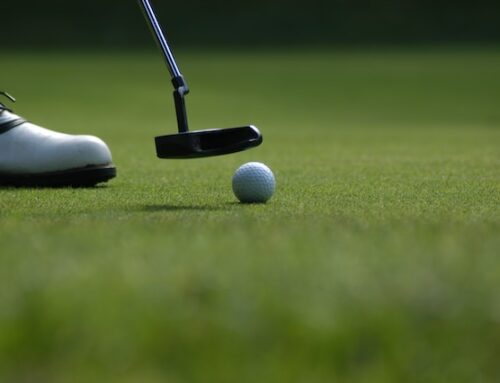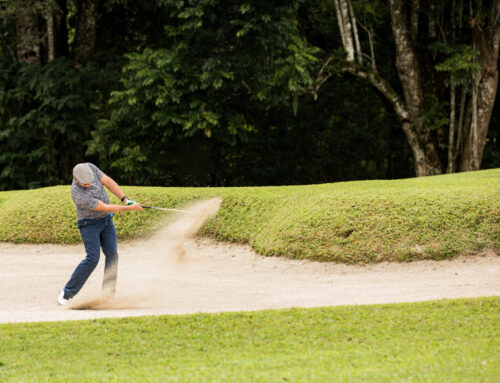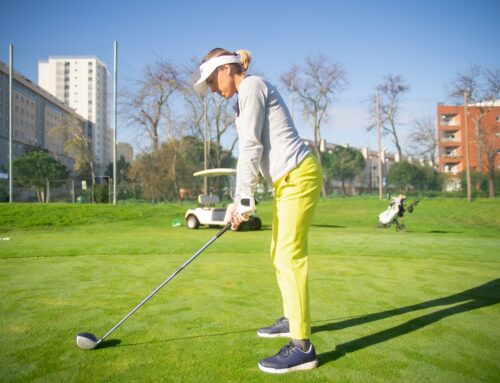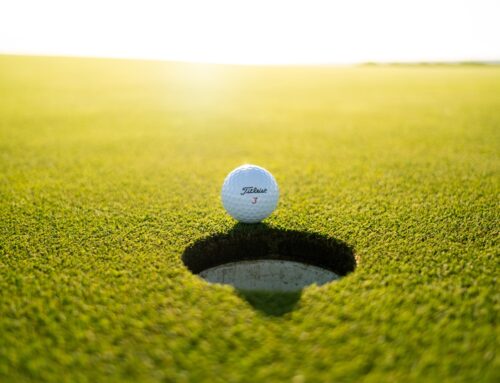Teaching Tennis
Within my capacity of teaching various levels of tennis, I’ve had the opportunity to better understand how tennis is constantly evolving; not only from a local level, but from a global perspective as well. Of course we can’t talk about tennis as a whole, without first mentioning the success we’ve had in growing the game from the junior level.
According to a recent US Sports, Fitness & Recreation Participation Report, published by the Physical Activity Council (PAC), tennis continues to lead all sports in long-term participation growth with kids ages 6-17, which is up 31% from the years 2000-2012. The only other ‘traditional’ sport (baseball, basketball, football, golf, gymnastics, soccer, softball, ice hockey & fishing) with positive growth was gymnastics, up 5% in terms of participation. The extensive growth of junior tennis comes from a collaborative and concerted effort from organizations like USTA and programs or initiatives such as 10 & Under Tennis, NJTL, Junior Team Tennis, etc. While the game is seeing over 17 million junior players; 5.2 million frequent players (those playing 21 times or more per year), there are some hindrances within the U.S. that keep us from a global success. Very specifically, one cause is the lack of technical training. Players being taught easier, inferior or even ineffective techniques from the beginning, just to “get them playing,” very seldom will ever reach their full potential, despite athleticism and determination. It’s critical that coaches and professionals understand the need to teach “Advanced Foundation,” (proper grips, strokes, footwork, etc) from day one. The mentality is, “It’ll be easy to change later.” Wrong. It becomes more difficult to change bad habits, form, etc, especially the older the player.
Bottom line: It’s important we teach “Advanced Foundation,” adjusting for ability, from the beginning.
As research has shown tennis is a “sport for life,” not all players are looking to compete in matches, leagues, etc. Some are looking for fun drop-in tennis, mixers or to simply keep in shape! Cardio Tennis has continued to bridge the gap between tennis and fitness and has had tremendous growth since its inception in 2005. Cardio Tennis has grown to over 1.4 million players, surpassing “old school” racquet sports like squash, in terms of overall participants. It’s fun, it’s fast, it’s social and there’s heart-pumping music to play to. What’s not to love for the fitness junkie and tennis lover?
Longevity of Tennis Players
Finally, we can’t neglect to talk about pro tennis. After all, these are our childhood idols, the players we try to emulate and the ones we watch on a daily basis (Ok, maybe that’s just me). In terms of tennis careers and longevity for players: 30s are the new 20s. In the past decade, players have become far more likely to extend their careers into their late 30s. Compared to basketball, gymnastics, baseball and volleyball, trends have remained constant, whereas tennis is evolving. Why? Professional tennis is a power sport w/ more emphasis on overall athleticism—older players have figured out how to last. How have they done this? Previous generations used to simply focus on technical skills, whereas current trends are veering toward speed, endurance, minimizing recovery time and strength. With a broader focus on full-body training, players are able to increase their staying power on tour.





